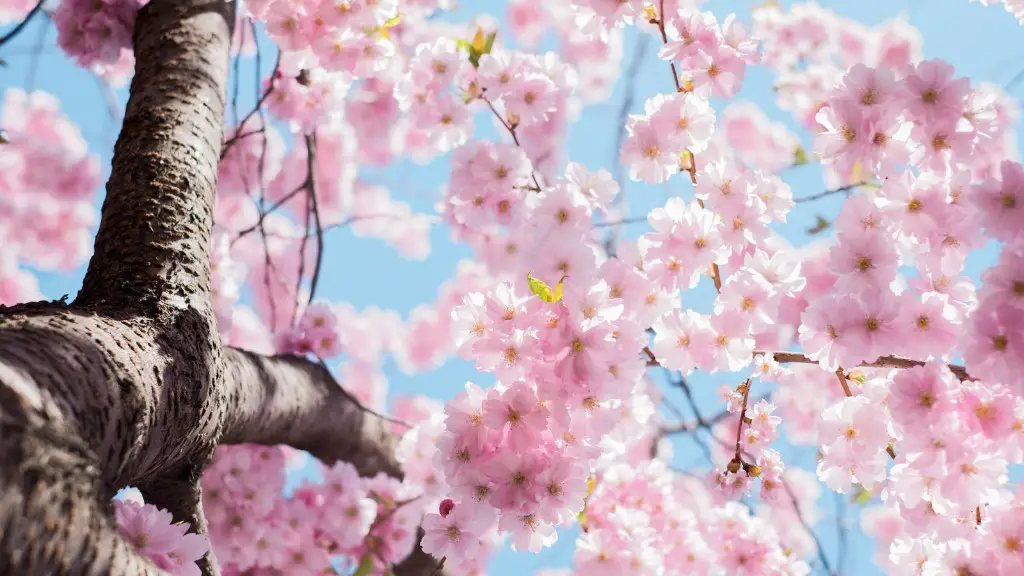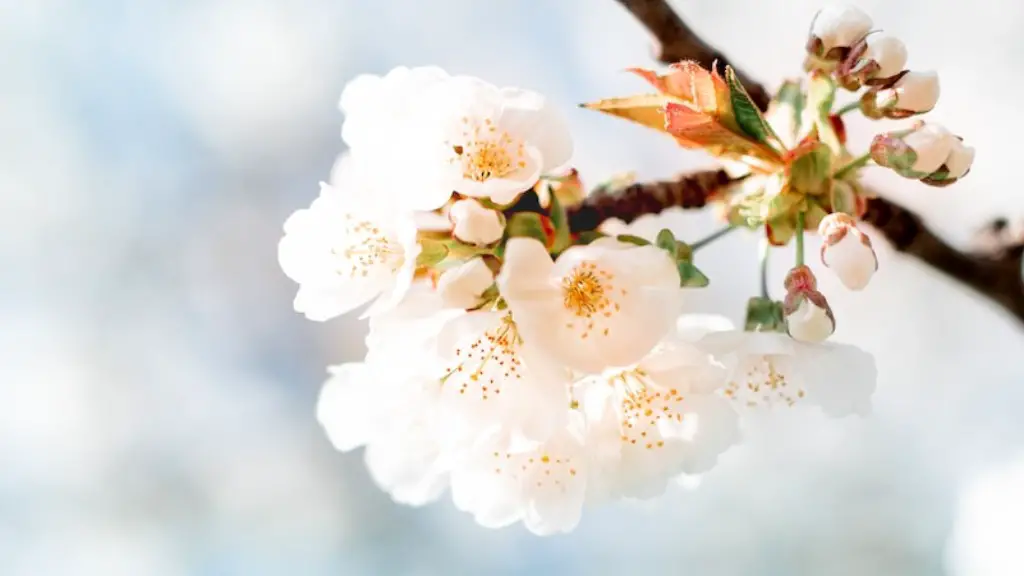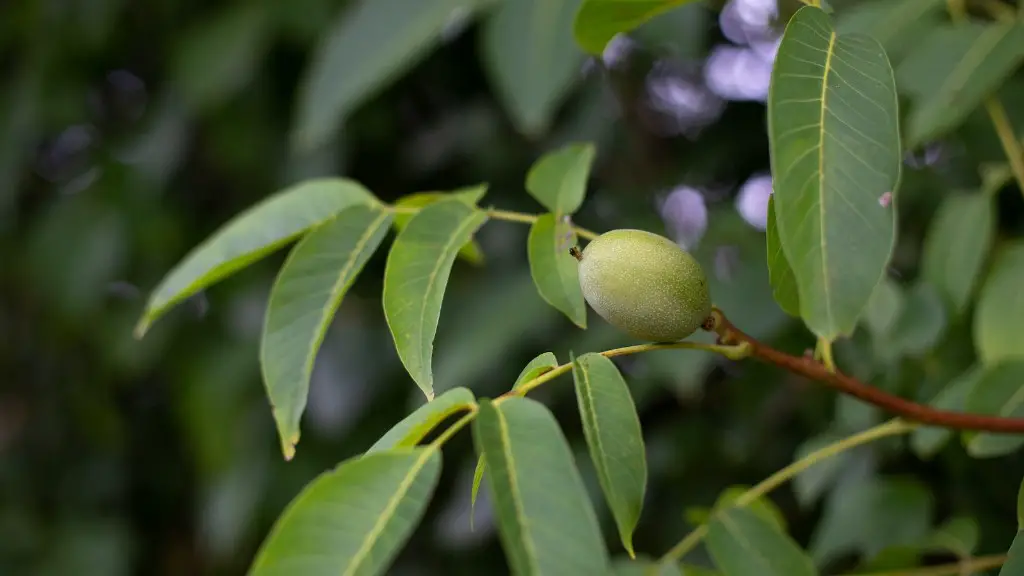When to Cut Down a Cherry Blossom Tree
The cherry blossom tree, also known as the sakura tree, is a traditional favorite throughout the world. It is known for its beautiful white, pink, and purple flowers that bloom in the spring. But, while these trees are beautiful, they are not without their challenges. To ensure the longevity of your cherry blossom tree, it is essential to know when the right time is to cut it down.
One of the most important considerations when deciding to cut down a cherry blossom tree is its age. Many cherry blossom trees can live up to 80 years, but if it is in decline due to age or other factors, it may be time to cut down the tree. Signs of an aging cherry blossom tree include slow or stunted growth, leaf discoloration, and a lack of blooming flowers. It is important to note that if a tree is in decline due to age, it cannot be resuscitated and cutting down the tree may be the best course of action.
Another factor that impacts the decision to cut down a cherry blossom tree is diseases or pests. These problems can weaken the tree and stunt its growth, making it difficult for the tree to survive. Diseases like root rot, chestnut canker disease, and stem canker can infect a cherry blossom tree and damage it beyond repair. Additionally, pests like aphids, scale, and mites can infest the tree and cause severe damage. If a tree is infected with a disease or pest, it may need to be cut down sooner rather than later.
The amount of space also needs to be taken into consideration when deciding to cut down a cherry blossom tree. Cherry blossom trees can grow up to 20 feet tall, so it is important to make sure that yours has enough room to grow. If you notice it is crowded with other trees or shrubs, it may be time to remove it so that other plants and trees can thrive. Additionally, when planting a new cherry blossom tree, it is essential to find a location that has adequate space.
Geographic location is also important to consider when deciding to cut down a cherry blossom tree. Cherry blossoms typically bloom in February or March and can be affected by cold weather, so if you live in an area that experiences colder temperatures throughout the winter, you may need to cut down your cherry blossom tree to prevent damage from the cold.
Finally, if the tree is damaged due to extreme weather conditions like floods or drought, you may need to cut down the tree. Extreme weather can cause weakened roots and discoloration of the leaves, which can result in the death of your cherry blossom tree. Trees may also need to be removed if they are obstructing driveways or roads, as well as if they are too close to power lines.
How to Cut Down a Cherry Blossom Tree?
If you have decided that it is time to cut down a cherry blossom tree, there are a few simple steps you can take to ensure that the process is done safely and correctly. First, it is important to cut the tree down gradually by sawing it in small pieces. This can help prevent the tree from coming crashing down all at once, which could pose a safety risk. Once the tree has been cut into small pieces, it is important to clear away the debris to ensure that it is out of the way and will not cause any damage.
A professional arborist can help provide guidance and assistance with cutting down your cherry blossom tree. An arborist is a trained expert in tree care who can assess the tree’s condition and recommend the best way to safely remove the tree. An arborist can also help you figure out what to do with the debris from the tree, whether you will need to dispose of it yourself or hire a company to do it for you.
It is also important to consider the legal and environmental implications of cutting down a cherry blossom tree. Depending on your local laws, you may need to apply for a permit to remove the tree, and you may also need to pay fees to the local government. Additionally, if the tree is located in a natural area or a park, you may need to get permission from the relevant authorities before cutting it down.
Finally, it is also important to think about what will come next after cutting down a cherry blossom tree. If you plan to replant the area with a new tree, you will need to prepare the soil for planting and make sure that the new tree is properly cared for. If you decide not to replant the area, you may need to mulch the soil to retain moisture and protect the surrounding plants from the heat.
Tips for Maintaining a Healthy Cherry Blossom Tree
If you want to maintain a healthy cherry blossom tree, there are a few key tips to keep in mind. First, it is important to prune the tree regularly. Pruning helps to encourage strong growth, reduce risks of disease, and ensure that the tree is getting the nutrients its needs. It is important to use pruning shears to avoid damaging the tree and to cut branches that are dead or dying.
In addition to pruning, it is essential to fertilize your cherry blossom tree regularly. Fertilizers help replenish nutrients in the soil and provide essential nutrients for the tree’s growth. Fertilizing can be done every three to four months, depending on the type of fertilizer you use. Be sure to use a fertilizer specifically designed for cherry blossom trees to ensure that the tree is getting the nutrients it needs.
Finally, it is important to water your cherry blossom tree regularly. Water helps the tree stay hydrated and healthy, and it is important to make sure the soil is well-draining so that the tree does not suffer from root rot or other problems related to poor drainage. Watering can be done once a week during the growing season and be sure to adjust your watering schedule in the winter as the tree goes dormant.
Benefits of Having a Cherry Blossom Tree
Having a cherry blossom tree in your yard can provide many benefits. Not only are these trees beautiful to look at, but they also provide food and shelter for wildlife. Cherry blossoms serve as a great food source for birds, bees, and other wildlife. Additionally, the trees provide shade, which can help reduce the amount of time it takes for the lawn to dry out after a rainstorm.
Cherry blossom trees are also known for their ability to help reduce air pollution. The trees absorb carbon dioxide and other pollutants from the air, helping to reduce the amount of harmful substances in the atmosphere. Additionally, they create an environment conducive to lower temperatures, as they serve as natural air conditioning.
Finally, having a cherry blossom tree in your yard can be beneficial for mental health. The trees can create a calming atmosphere, and the sight of the blooms can help to reduce stress and anxiety. Studies have also found that spending time in nature can help to reduce depression and make people feel happier and healthier.
Conclusion
Cherry blossom trees are a popular and beautiful addition to any home. When deciding to cut down a cherry blossom tree, it is important to consider age, diseases and pests, space, geographic location, and damage due to extreme weather. While it can be a difficult decision to make, it is important to weigh the factors and make a decision that is best for the long-term health of your tree. Additionally, following simple tips for maintaining a healthy cherry blossom tree and taking advantage of the many benefits they offer can help ensure that your tree remains healthy and beautiful for years to come.




